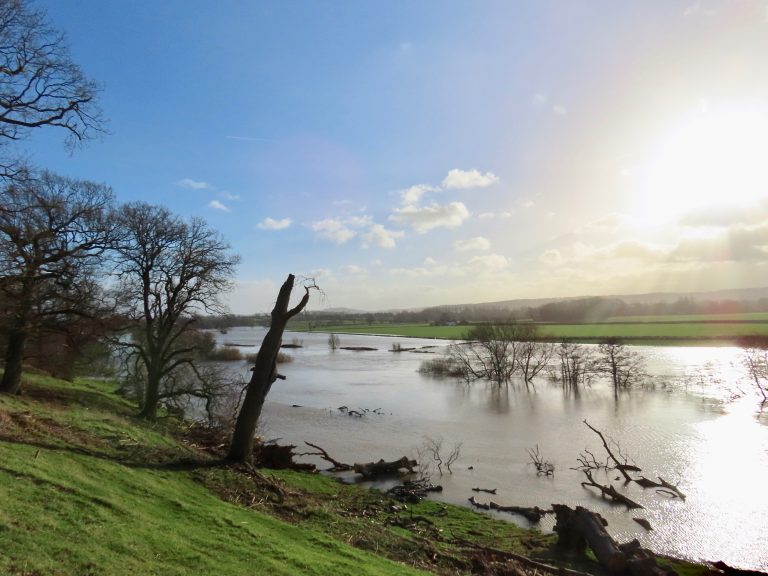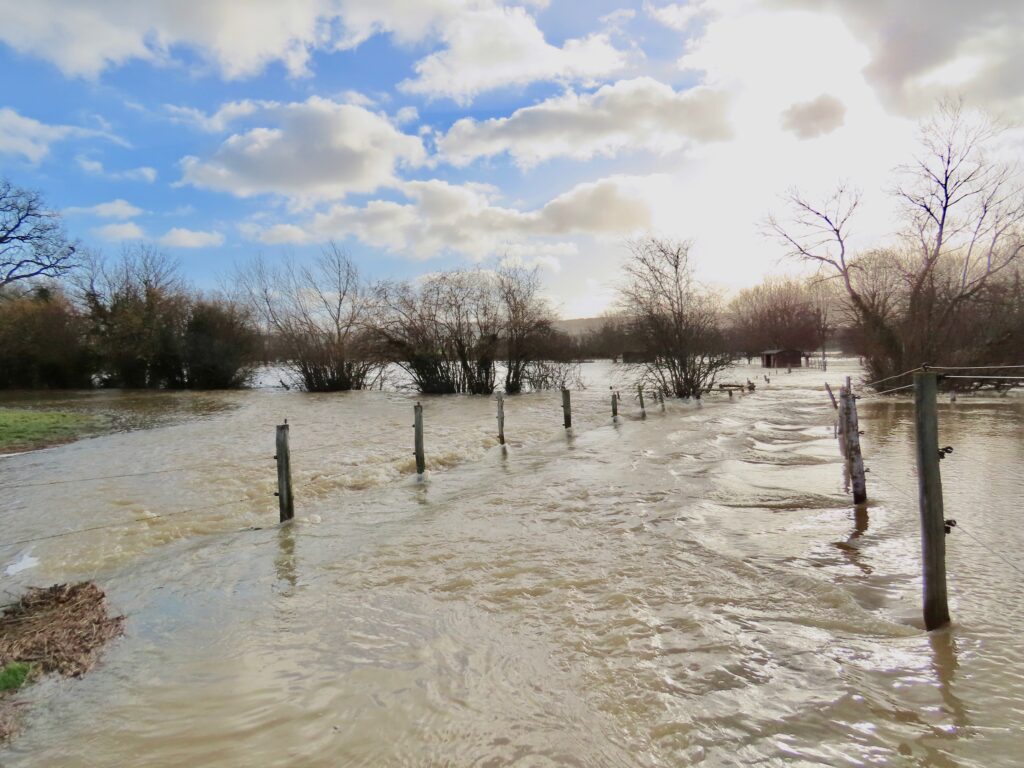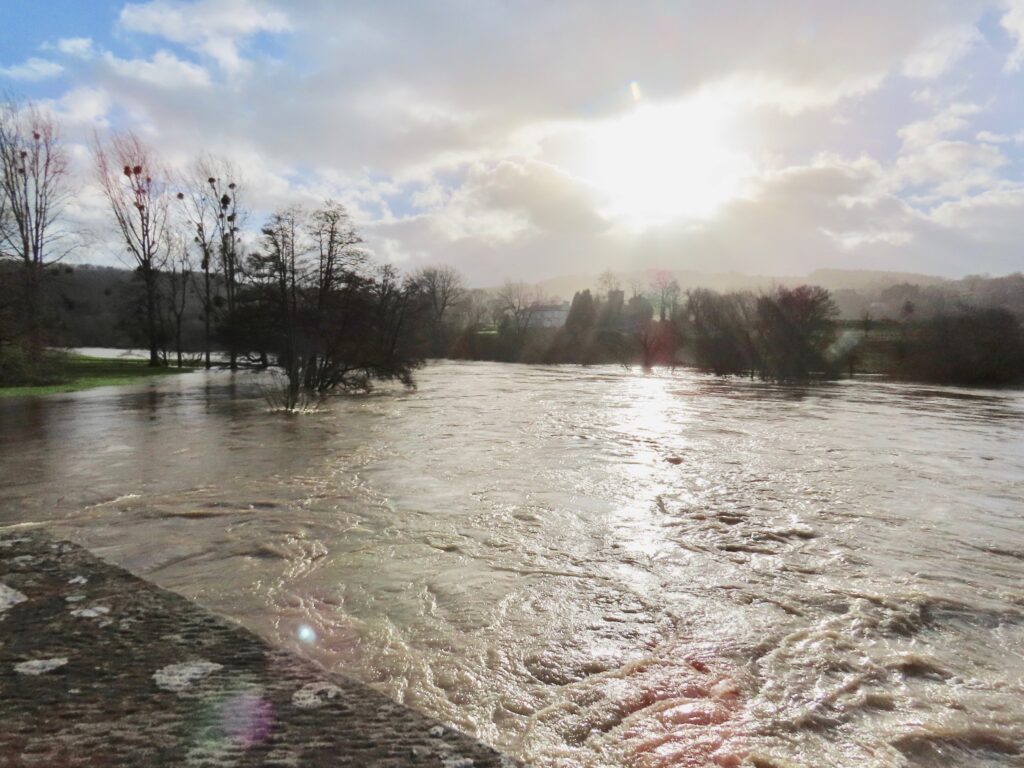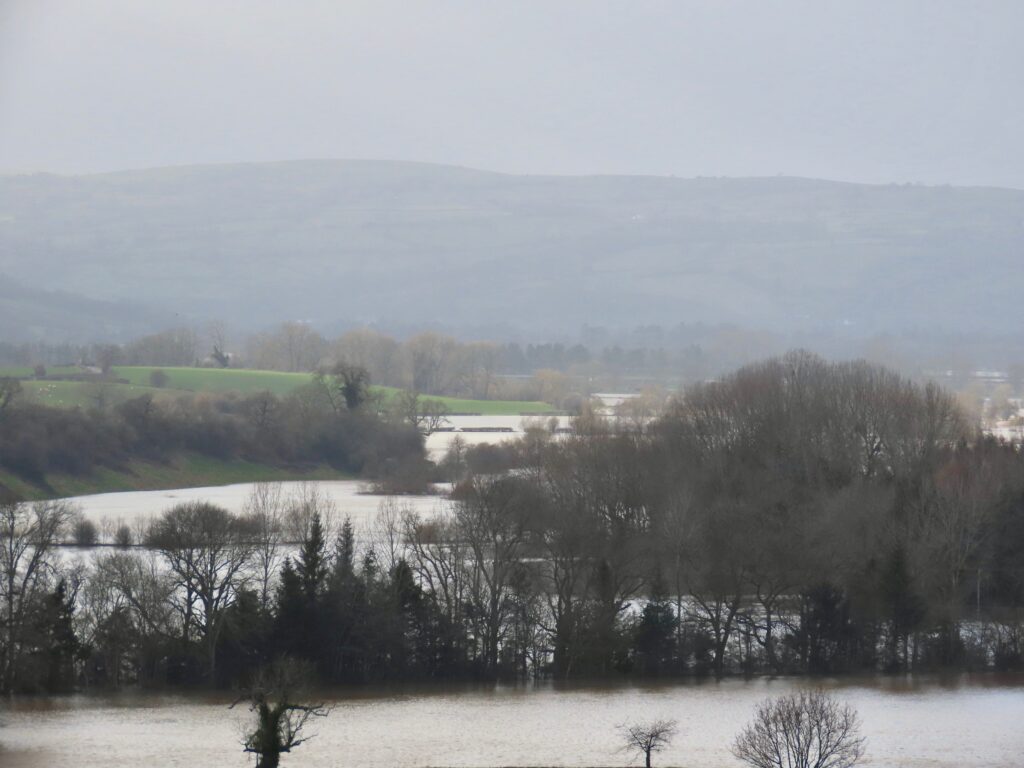
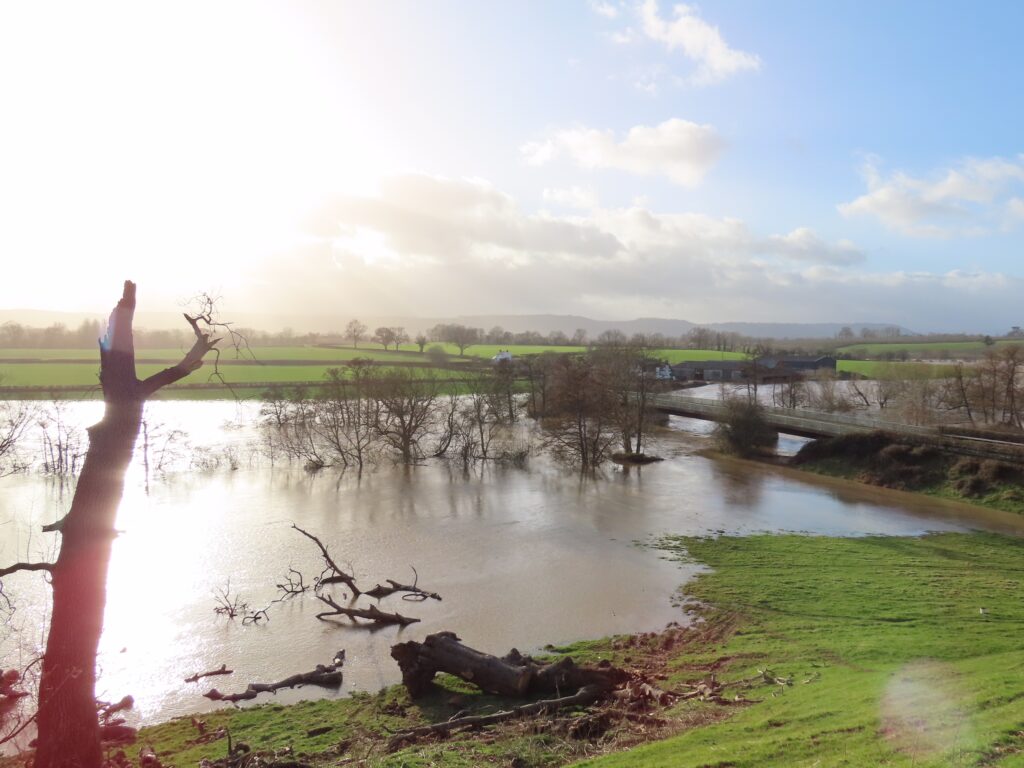 These pictures from Monday have raised eyebrows amongst my friends, and indeed are impressive in their biblical, dawn-of-time way.
These pictures from Monday have raised eyebrows amongst my friends, and indeed are impressive in their biblical, dawn-of-time way.
Of course, depressingly, they indicate my fishing has ground to a halt, but less selfishly, worries about riverside residents take precedence.
As do questions and worries about the floods themselves.
Why does the Wye rise so fast and drop so comparatively slowly? That’s something I have never quite got my tiny brain around.
Are Wye flood scenarios (and floods in general) really getting more serious and frequent? Even in my life I remember very many of them, and history abounds with records of them.
We know the media loves a story, and every story must have a shock horror impact.
What is the impact on fish of all species?
Surely smaller fish cannot face floods of this magnitude, and get washed downriver?
How do trout, chub and barbel cope?
Do they dig into marginal tree growth and hunker down?
Do they find deep troughs and channels where they can lie with the full force of the water over their heads?
Or do they get forced downriver little by little?
What about the remains of weed beds?
Can the remnants of ranunculus withstand long-term disruptions on this scale?
How do spawning redds and beds cope?
Are the gravels swept away? Do they become clogged with silt? Or do the floods hoover them clean?
And what of invertebrates? Can they take the force of floods like these?

